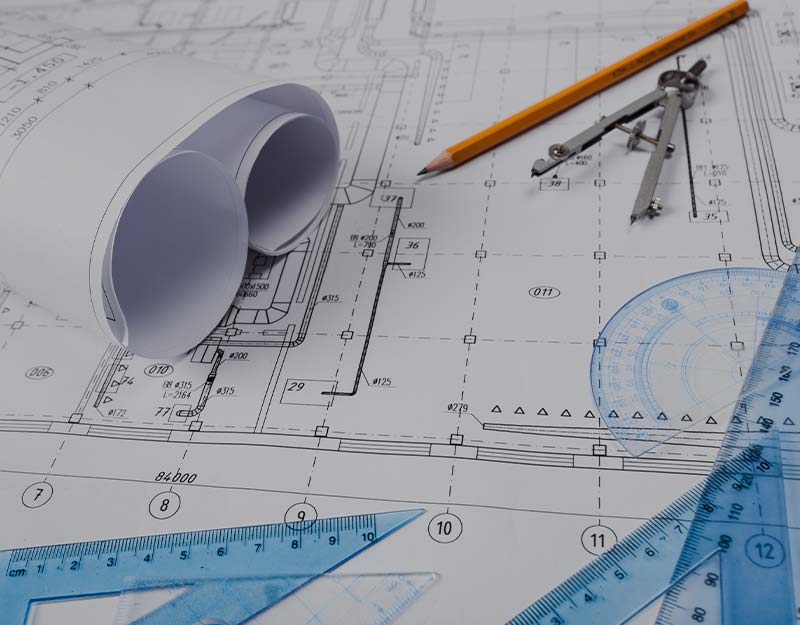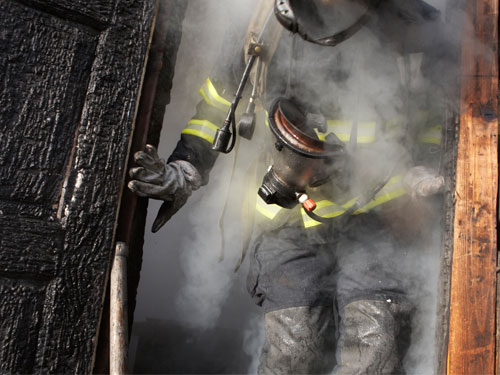There are different elements to creating a fire safe compartment and there are many things that can reduce the effectiveness.
Fire doors
- Self closing
- certified door and frame
- No gaps around the doors when closed
- Intumescent seal (swells with heat)
If fire doors are wedged open, the whole building will be exposed to the risk of fire. Even if the rest of the building has perfect measures in place, when fire doors are wedged open the fire will be able to spread anyway. This is why it is against regulations to wedge open fire doors. All fire doors need to be checked regularly to ensure that they are up to a good standard. For more information about how to check your fire doors, click here.
Building structure
- Floors and walls made from fire resistant materials: bricks, concrete, stucco, gypsum board.
- Cavity barriers in roof voids (closes gaps in concealed spaces to block fire and smoke)
Compartmentalising a fire will only work if the building is kept in a good condition. There needs to be special attention if any work is done on the walls or floors that change the integrity e.g. drilling. If there is any damage it must be repaired, and any gaps or holes need to be filled.
Smoke and fire dampers
- Mechanical: pivot system (like window blinds) or curtain system.
- Intumescent: will react to heat and swell up, blocking all openings.
Heating, ventilation and air conditioning systems will all have a type of fire damper.They must be installed in order to close off any gaps in the room and maintain compartmentation in the event of a fire. Fire and smoke dampers need to be regularly checked and serviced. How often, will depend on the environment they are in and what type is in place. However, it is recommended by British Standards to test them every 1-2 years.
Another breach of compartmentation that contributed to the spread of fire is said to be that the front doors to the flats did not meet fire resistant standards. The doors didn’t last the regulatory minimum of 30 minutes and some of them also had broken self-closers meaning that they were open during the time of the fire.
This devastating case has highlighted the importance of compartmentation.
Effective compartmentation can save lives if a fire breaks out. It allows for the fire service to tackle the fire and the “Stay Put Policy” to be an effective way to keep residents safe. Compartmentation is especially important for escape routes, so that anyone in the building can safely evacuate.
If you are unsure about the compartmentation in your building, contact a fire safety provider who can carry out a survey.







0 Comments